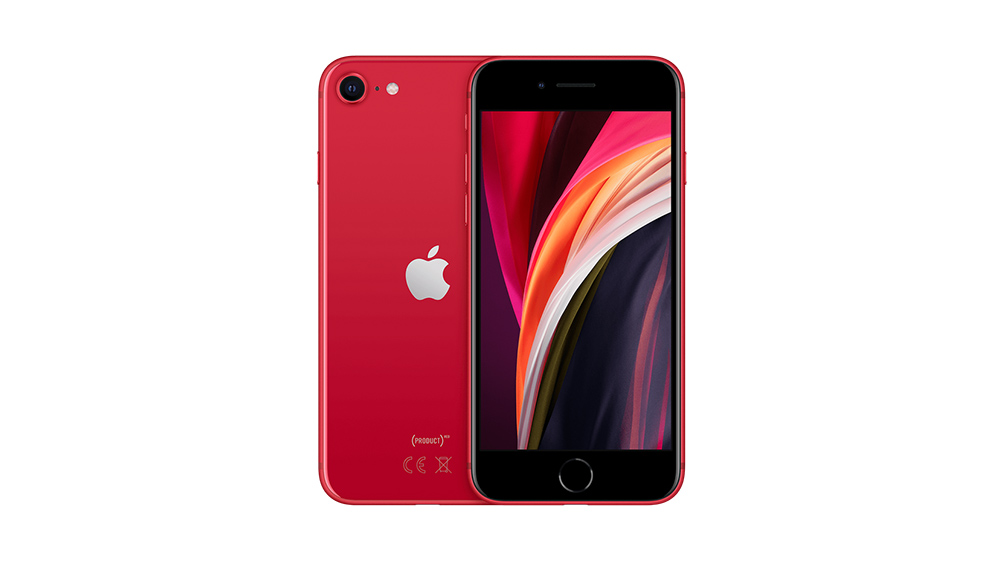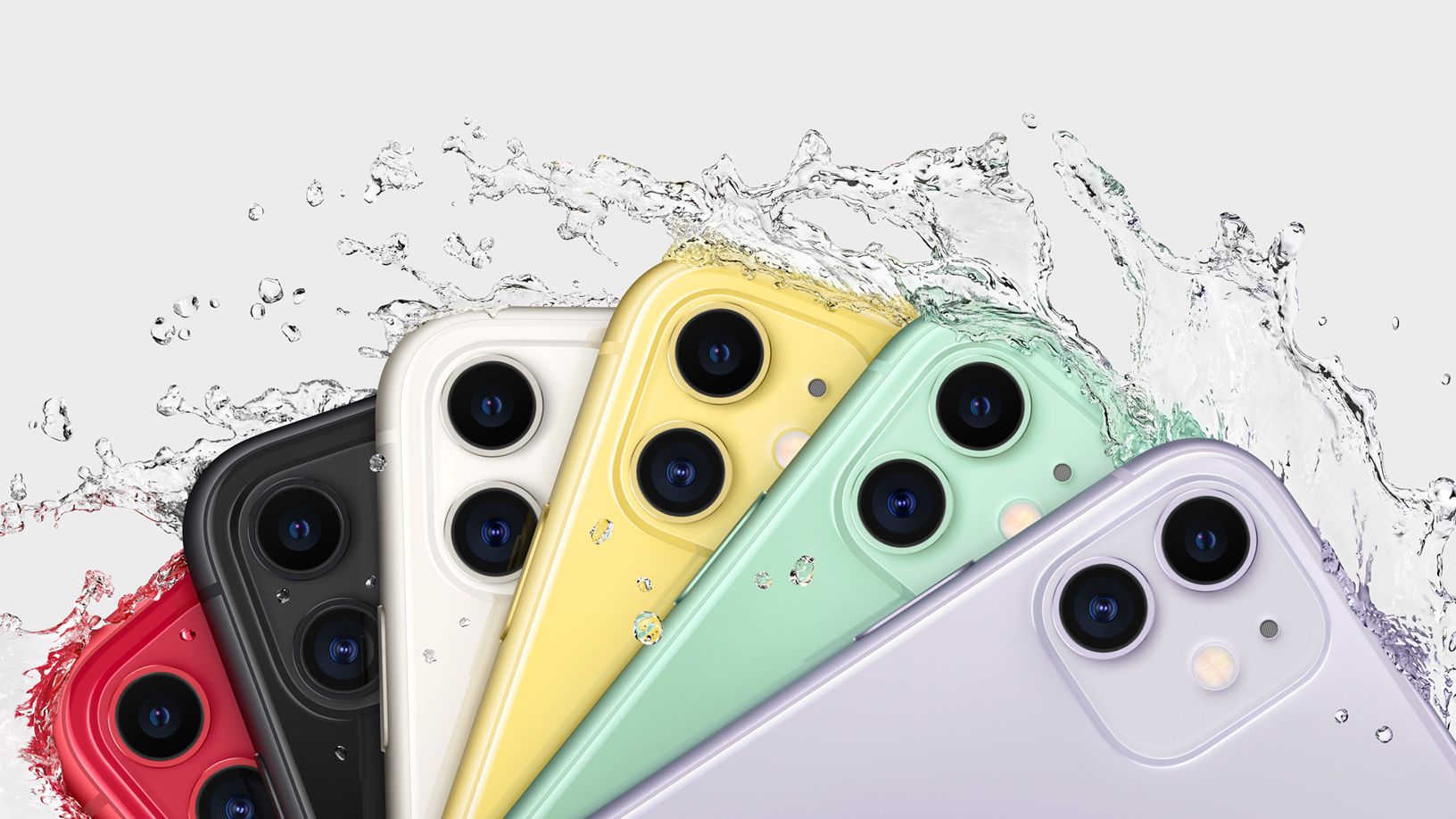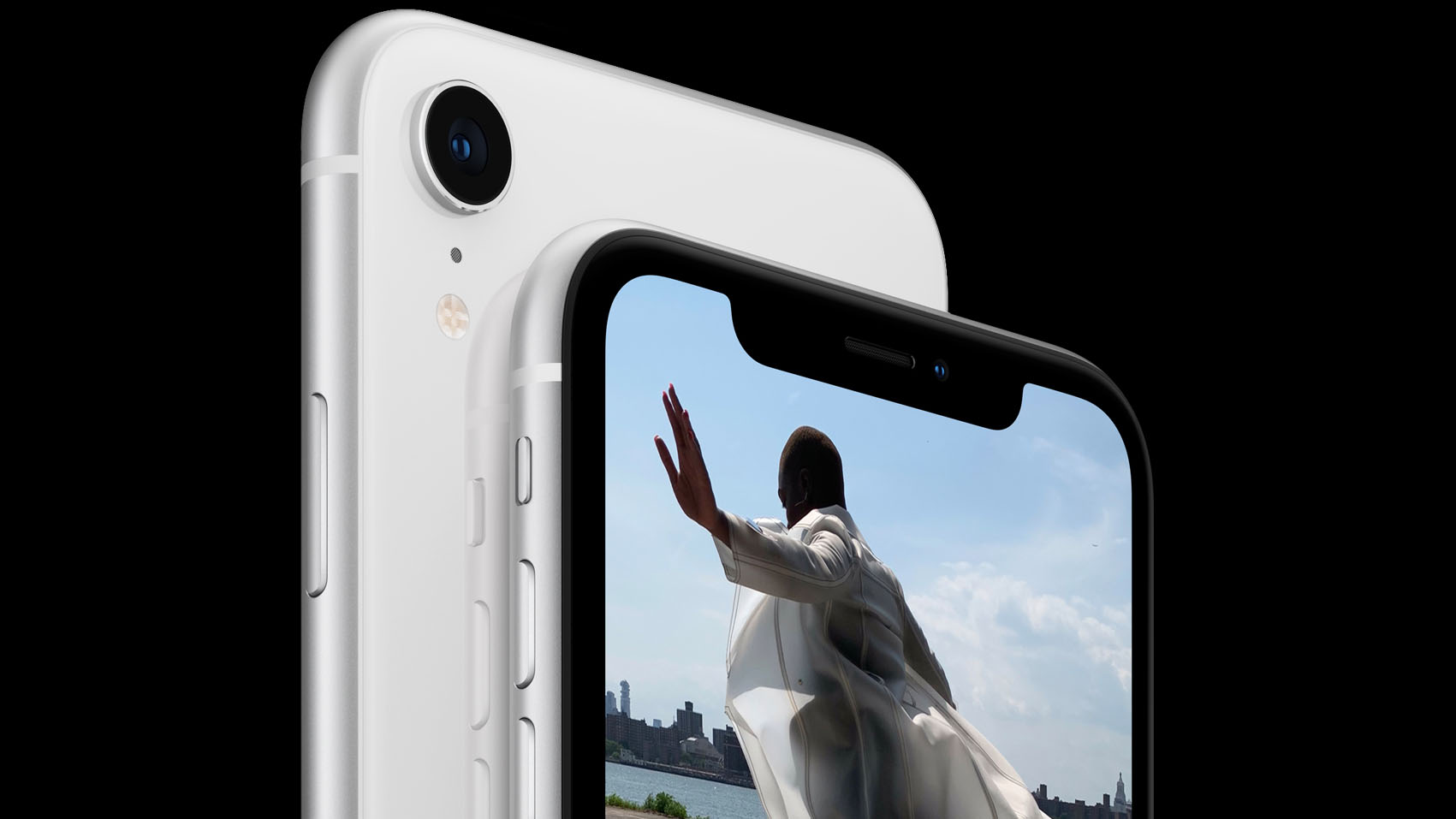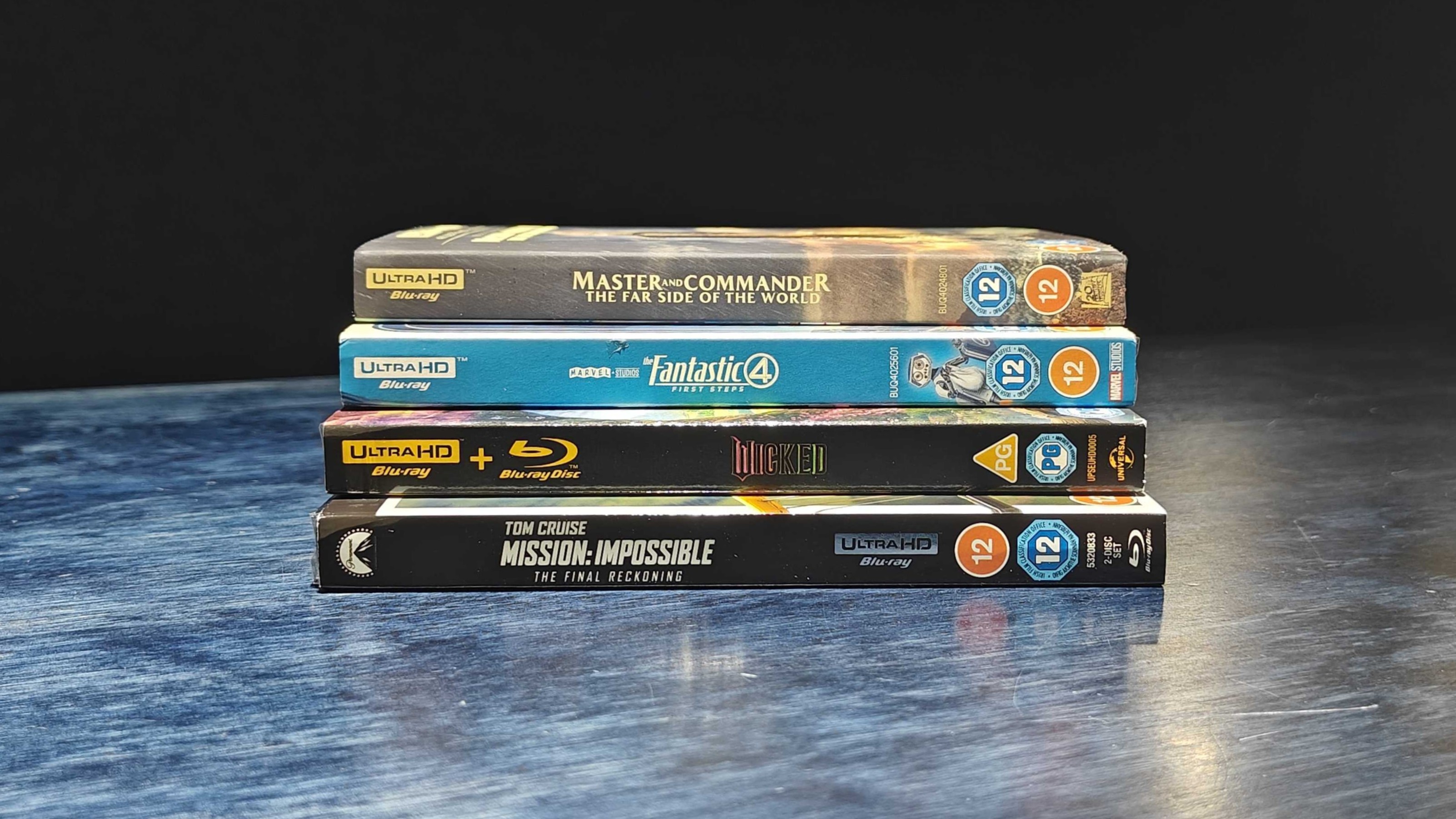iPhone SE vs iPhone 11 vs iPhone XR: which is better?
Which is the best budget iPhone?

Tempted by the new iPhone SE (2020)? Apple's second-generation iPhone SE might be small but it packs a punch. But how does it stack up against other budget-friendly iPhones such as the iPhone 11 and iPhone XR? Whether you're looking for your first iPhone or fancy an upgrade, we've done the hard work and compared the pros and cons of these three affordable crowd-pleasers...
Apple launched the iPhone SE 2nd generation in April 2020, replacing the original iPhone SE which launched way back in 2016. The iPhone SE (2020) packs Touch ID, a fast A13 chip, modern camera capabilities and wireless charging, into a compact 4.7in shell based on the iPhone 8. Best of all, it's priced at £419 ($399, AU$749) which makes it the cheapest iPhone in the current line-up.
The iPhone XR £629 ($599, AU$1049) is considered the next step up. It might have older internals but it's an affordable device with a glorious 'edge-to-edge' display and FaceID. Splash out on the iPhone 11 £729 ($699, AU$1199) and you'll be rewarded with a seriously upgraded camera.
But with so many specs to weigh up, balancing value for money with performance can be a tough task. But not to worry – we've done the hard graft for you! Read on as we compare the iPhone SE vs iPhone 11 vs iPhone XR in detail...
- All the iPhone 12 news and rumours
Display
The iPhone SE 2020 – the smallest of the bunch – has a compact 4.7in screen with a resolution of 1334 x 750 pixels, 1400:1 contrast ratio and 625 nits max brightness.
The iPhone XR and iPhone 11 up the stakes with 6.1in edge-to-edge displays and 1792 vs 828 resolution screens. They match the SE in terms of pixel density, brightness and contrast ratio.
All three smartphones feature Apple’s True Tone tech, which uses a light sensor to adjust the white balance to match the colour temperature around you. This makes it easier on your eyes, especially in darker environments.
The latest hi-fi, home cinema and tech news, reviews, buying advice and deals, direct to your inbox.
And all three support Dolby Vision and HDR10, which should make for a more lifelike presentation when streaming movies and TV shows.
The iPhone XR and iPhone 11 both feature Liquid Retina HD LCD displays, while the iPhone SE 2020 has a slightly older Retina HD display. Side-by-side, there isn't too much in it, with all three handsets displaying a colourful, balanced and hugely watchable picture.
None of the displays are OLED, though. For that, you'll have to open your wallet wider and opt for the iPhone 11 Pro Max, iPhone 11 Pro, iPhone X or iPhone XS – all of which feature OLED screens.
**Winner: draw**
Features

The iPhone 11 and XR do away with fingerprint sensors and rely solely on FaceID to unlock their screens. The iPhone SE (2020), meanwhile, eschews face unlocking in favour of Apple's second-generation TouchID fingerprint reader, which doubles as a home button.
Design-wise, all three phones are water-resistant but the iPhone 11 (rated iP68) offers a slightly higher level of protection compared to the SE or XR (both rated iP67).
When it comes to user interfaces, all three models run Apple iOS 13 – but expect an upgrade to iOS 14 later this year. And if storage is a consideration, it's worth noting that the iPhone 11 comes in 128GB, 256GB and 512GB variants. The SE and XR are available in 64GB, 128GB and 256GB – so there's a smaller, and cheaper option but no 512GB model.
There are a couple of other subtle differences to be aware of: the iPhone SE and iPhone 11 support Wi-Fi 6, the next generation of Wi-Fi designed to boost connection speeds. Fan of Animojis and Memojis? They're only available on the iPhone XR and iPhone 11.
Lastly, all three are 4G handsets. Apple has yet to launch its first 5G iPhone – it's likely to be the iPhone 12, due for release in September.
**Winner: iPhone 11**
Performance
The second-generation iPhone SE is powered by the same Apple A13 Bionic chip found in the iPhone 11 and 11 Pro, making it one of the fastest and most powerful iPhones out there (although not for long if the A14 Bionic chip rumoured for the iPhone 12 materialises).
The iPhone XR lags behind on paper, making do with Apple's older A12 chip. It also features Apple's second-generation Neural engine, whereas the iPhone SE and 11 are tricked out with the third-generation Neural engine.
It's fair to say that Apple iPhones are known for their smooth, responsive performance and that's exactly what you get with the iPhone SE and 11.
**Winner: Tie (iPhone SE and iPhone 11)**
Camera

All three iPhones feature an impressive camera array but one handset is streets ahead when it comes to snaps...
Let's start with the front-facing cameras. The iPhone SE features a 7MP FaceTime HD camera capable of recording 1080p video at 30fps. Pretty decent, but the XR steps things up with a 7MP TrueDepth camera capable of capturing 1080p video at 60fps.
The pricier iPhone 11 trumps the pair with a 12MP front facing TrueDepth camera, complete with 4K video capture and a more advanced flash.
It's a similar story around the back. The iPhone SE and XR share the same 12MP rear camera, complete with wide-angle sensor, f1.8 aperture, 5x digital zoom and LED True Tone flash. There is one key difference: the older iPhone XR only has three Portrait Lighting effects – the newer SE boasts all six Portrait Modes.
But, again, the iPhone 11 blows the competition out of the water. It has two rear 12MP cameras: an ultra-wide sensor with a f2.4 aperture and a wide sensor with a f1.8 aperture. You also get a 2x optical zoom, Night mode and a brighter True Tone flash.
Serious about photography? The iPhone 11 is top dog here.
**Winner: iPhone 11**
Battery life
Given that the Apple iPhone SE (2020) is the most compact of the bunch, you probably won't be shocked to hear that it has the smallest battery.
While the iPhone SE can manage 13 hours of video playback, the iPhone XR and iPhone 11 offer around 17 hours of video playback. During general use, the iPhone 11's capacious 3110mAh battery could last up to an hour longer than the iPhone XR's 2942mAh battery. During testing we found the iPhone SE (2020) required a regular daily top-up, while you could squeeze that little bit extra out of the 11.
All three iPhones are a doddle to charge, though. All are compatible with Qi-certified wireless chargers and, in the case of the iPhone SE and iPhone 11, a 30-minute wireless charge will replenish 50% of the battery.
**Winner: iPhone 11**
Sound
The iPhone 11 supports Apple’s new ‘spatial audio’ playback, which claims to deliver an immersive surround sound experience. To Apple's credit, there's a decent amount of weight and detail in vocals and dialogue. The iPhone 11 even sports Dolby Atmos, although we're not convinced that Atmos can truly shine on a smartphone.
Like the iPhone 11, the XR produces an entertaining, musical sound. The iPhone SE delivers a similar performance and a similar level of refinement, although it is at a disadvantage when you listen through the handset - it lacks the composure and solidity of the 11.
None of these handsets have a standard 3.5 input, so you'll need a pair of wireless headphones (Apple supports the Bluetooth 5.0 standard across the board) or Apple’s 3.5mm-to-Lightning dongle.
**Winner: iPhone 11 (just)**
Verdict
The mid-range iPhone XR is the oldest model in this line-up and has the slowest processor, but it's the cheapest way to get your hands on Apple's superb edge-to-edge display and FaceID technology.
But there's no doubt that the iPhone 11 is the most accomplished handset here. It has a feature count worthy of a flagship phone, dual cameras and the best battery life. If you can stretch, we'd recommend the iPhone 11 over the iPhone SE (2020) or iPhone XR. It might not be the best value for money, but it's state-of-the-art and a superb all-rounder.
For those sticking to a tight budget, though, nothing beats the iPhone SE (2020). It gets you some of Apple's latest flagship features, and that slick A13 Bionic chipset, for a bargain price. Picture and sound quality are both in the same ballpark as the other two phones.
If you're a fan of its compact 4.7in form factor and don't mind sacrificing a bit of camera and battery performance, you'll be delighted with Apple's latest pocket rocket.
MORE:
Andy is Deputy Editor of What Hi-Fi? and a consumer electronics journalist with nearly 20 years of experience writing news, reviews and features. Over the years he's also contributed to a number of other outlets, including The Sunday Times, the BBC, Stuff, and BA High Life Magazine. Premium wireless earbuds are his passion but he's also keen on car tech and in-car audio systems and can often be found cruising the countryside testing the latest set-ups. In his spare time Andy is a keen golfer and gamer.

